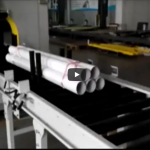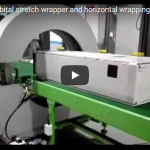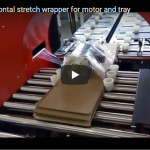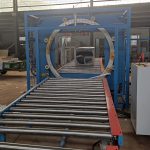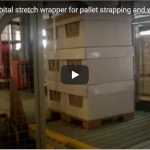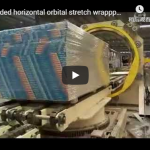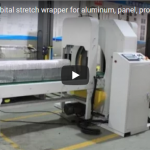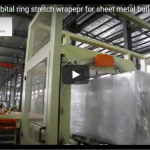Economic Horizontal Orbital Stretch Wrapper is a specialized machine designed for the efficient and cost-effective packaging of pipes and tubes. The machine is designed to wrap long shape products and features an automated conveyor system with sensor checking and positioning capabilities.
The conveyor system is designed to transport the pipes and tubes to the wrapping station, ensuring that each product is positioned correctly for wrapping. The sensor checking system ensures that the products are in the correct position, minimizing the risk of errors and ensuring that each product is wrapped to the required specifications.
The Economic Horizontal Orbital Stretch Wrapper utilizes advanced technology to wrap the products securely and efficiently. The machine features an orbital stretch wrapping system that ensures consistent and tight wrapping, providing excellent protection against external elements such as moisture, dust, and scratches.
This machine is a cost-effective solution for businesses looking to improve their packaging processes and reduce labor costs. Its automated system and advanced technology can increase productivity and efficiency, leading to improved customer satisfaction and loyalty.
Horizontal Orbital Stretch Wrapper is a reliable and efficient solution for businesses in the pipe and tube industry. Its automated conveyor system, sensor checking, and orbital stretch wrapping capabilities make it an excellent investment for businesses looking to improve their packaging processes, reduce costs, and improve their product quality.
info@fhopepack.com
